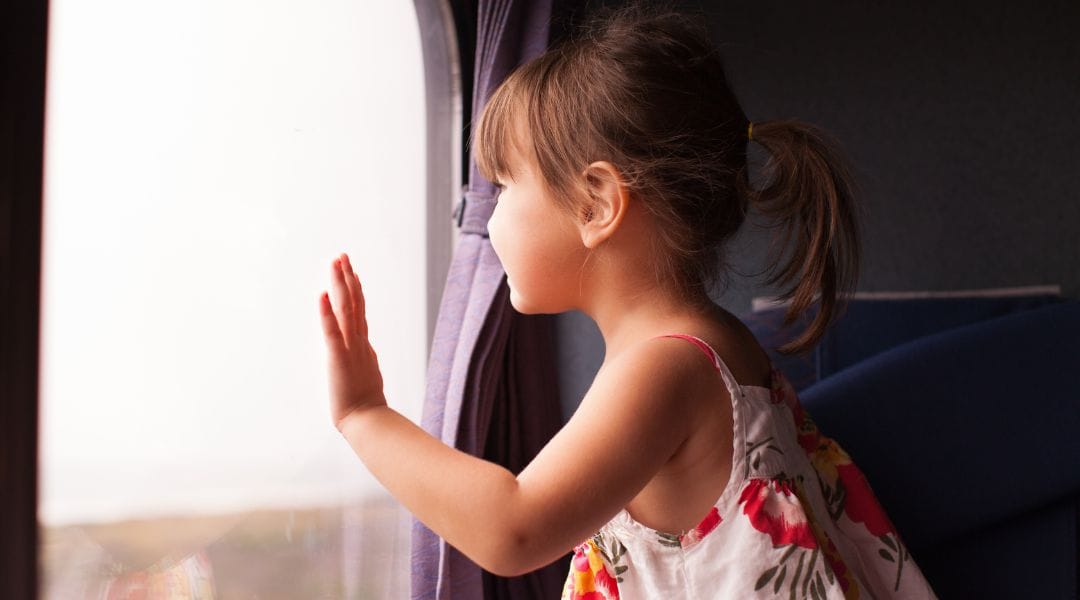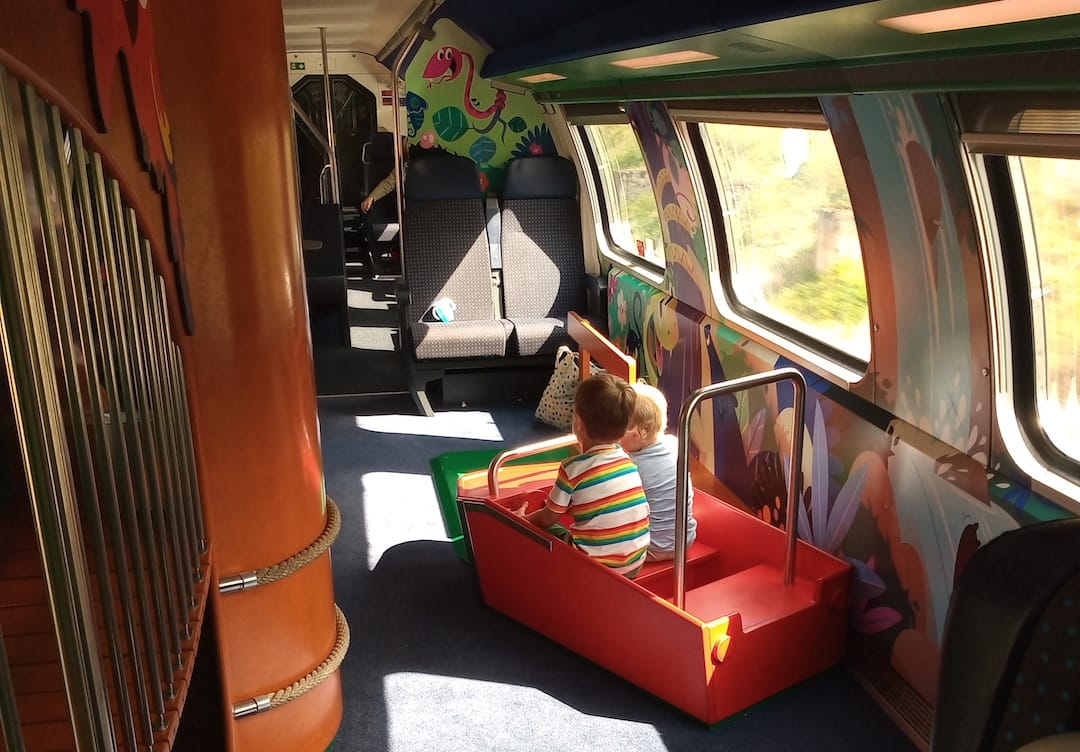
If you are a parent you might baulk at the thought of taking young children on long train journeys, but it could be easier than you think.
No travel comes without its challenges, but train travel often has advantages over flying.
A 12-hour train journey might sound like a nightmare, but it's not the same as a 12-hour flight. Regular stops provide structure and interest, and it's likely you will need to make connections in that time, which breaks things up in a positive way. Allowing extra time for connections means that interchanges can be adventures in their own right.
Many parents find that train travel suits their children better once they give it a try, so we have collected some tips from experienced mums and dads for the best ways to travel by train with kids.
1. Take advantage of kids going free for longer
The majority of trains in Europe have free travel for children up to four years old, as opposed to up to two years old on a plane.
On the Deutsche Bahn in Germany, children under the age of six can travel for free without a ticket. Even up to the age of 14, kids are free on the DB if accompanied by a parent or grandparent, if their names are added to the adult’s ticket.
On the Eurostar, kids under the age of four must sit on a parent’s lap unless there is a spare seat available, but children of all ages can have their own seat in Germany. This means that rail travel can work out cheaper overall.
We have only ever flown once with our son, and hands down we prefer train travel over flying.
~ Susanne Treadwell
Interrail is also an option. Children go free on an Interrail pass up to the age of 12, so this can work out much cheaper for families than buying tickets direct, and can give more flexibility.
2. Book a table seat
Trains generally have more space and are much more comfortable than planes. You can easily move around if you need to, in case of tantrums or noisy episodes, and vestibule areas are great for giving your fellow passengers a break.
Table seats are fantastic to be able to play board games as a family. They can facilitate puzzles, crosswords or colouring, and plug sockets at tables mean that tablets or devices can be plugged in for movies or games.
There's also the opportunity to walk about and go and visit the cafe/bar to choose some drinks and snacks.
3. Add stops for lunch or overnight
As with any overland travel, the journey is part of the holiday. You can make this more intentional by incorporating overnight stops, often for no extra cost in your ticket. It's a good idea to break the journey for lunch and a walk around the area surrounding the station – dropping bags at Left Luggage can help with this.
4. Start short and work up the distance
Starting with a short hop to a nearby European city can ease you into travelling with your child, and from there you can build up the distances.
5. Try sleeper trains
Sleeper trains are always a real hit with children. It's exciting to be in bed on a train, and the clever compartments, foldable beside tables and hidden sinks are a novelty. The most exciting thing is going to sleep in a busy city and waking up surrounded by mountains or countryside. This is true for adults as well as children!
Travelling while asleep can save time and money (compared to a hotel) and has the added excitement factor. Just remember to pack ear plugs and eye mask to ensure a sound night's sleep.
Train travel is the better choice for giving your children more space to play, for fostering a sense of wonder and curiosity at what passes by the train window, for helping them appreciate distances between destinations, and for protecting the world they will inherit.
~ Nick, Campaign for Family-Friendly Trains
6. Check the rail provider for family provision
Some train companies have special family areas on their trains or designated play areas.
Scandinavian trains score highly, as do those in Czechia, Germany, and Switzerland, with family compartments, pram space and play facilities on most services.
Other regions have family facilities on some operators, so check before you travel.

7. Take food, drink and activities
A terrific advantage of train travel is there's no restriction on the amount of luggage you can bring – other than what you can carry! There aren’t the same limits on baby milk or food which makes the journey so much easier. A picnic lunch can be a great way to fill some time on a long train journey as well as being a novelty for the kids. Don't forget to bring plenty of water, as it’s easy to buy a hot drink or snacks, but it can be difficult to get your water bottle refilled.
Take plenty of activities for entertainment, including card games or colouring books. It's also a good idea to download some games or videos for your electronic devices: while plugs are available for recharging, the WiFi/phone signal can be intermittent.
8. Take a wheelie suitcase and rucksack each
Even young children can manage a small wheelie suitcase and backpack. Sharing the luggage out between everyone makes it much easier when walking between trains, and children love to feel helpful by having their own bag. Just make sure you know who has what so nothing is left behind!
Thanks to Susanne Treadwell for contributing to this article.




